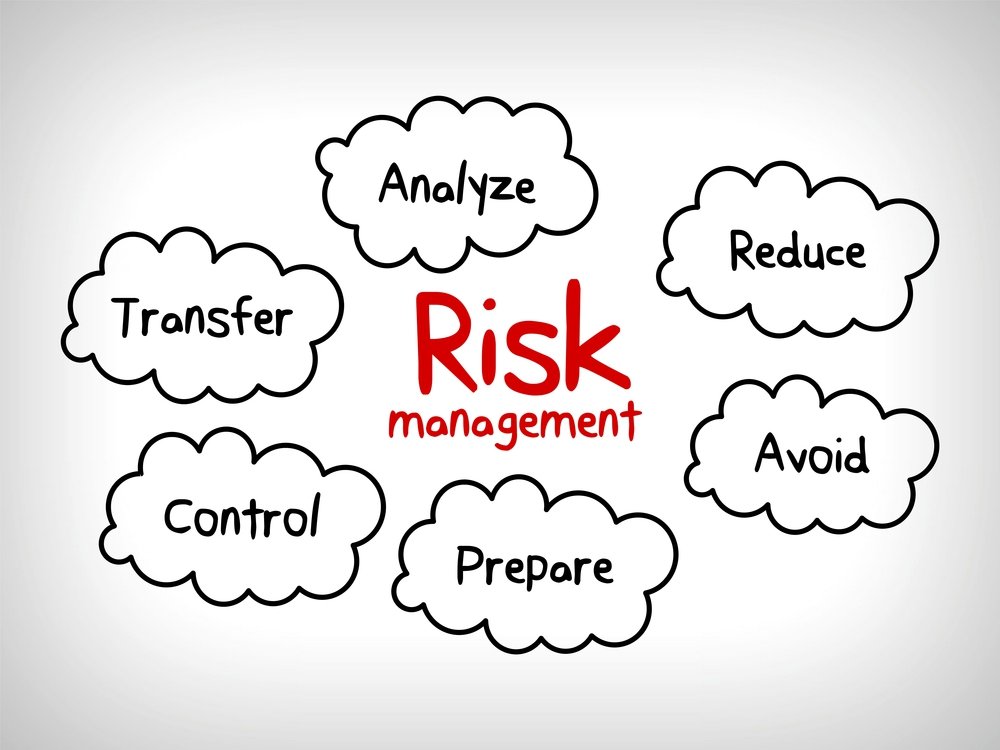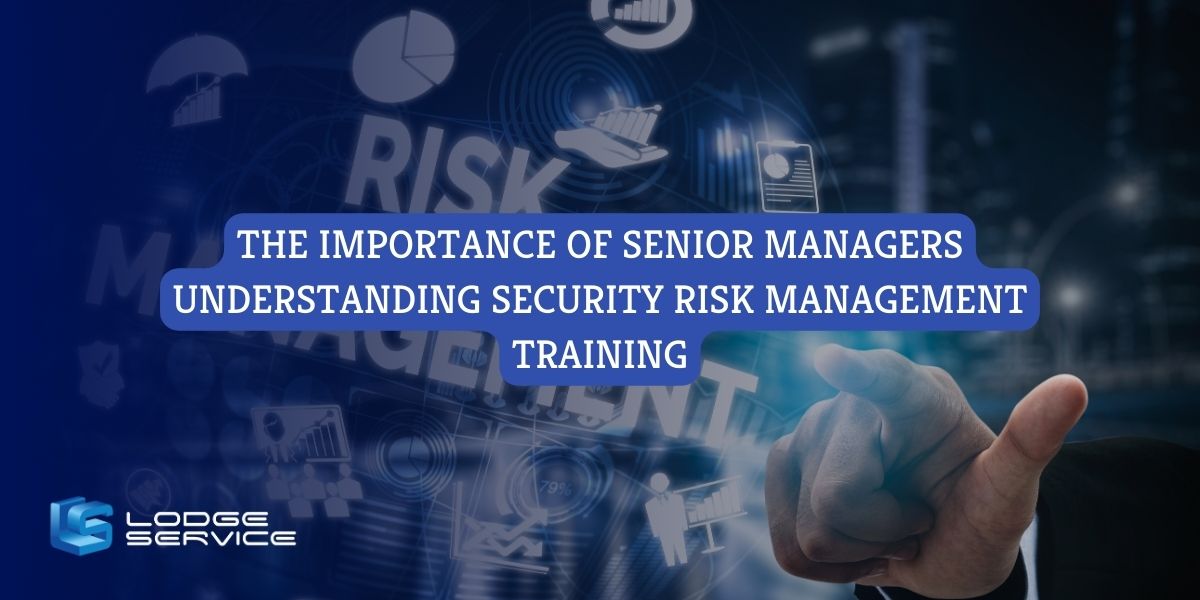Navigating the Difficulties: Understanding the Importance of Risk Management
Navigating the Difficulties: Understanding the Importance of Risk Management
Blog Article
Discovering the Importance of Risk Management for Effective Decision-Making Strategies
In the elaborate globe of organization, Risk Management emerges as an essential consider the decision-making procedure. The capacity to identify potential risks and chances, and plan appropriately, can mean the distinction between success and failing. With devices such as SWOT and PESTEL, companies are furnished to make informed options, promoting strength and versatility in an ever-changing setting. Wondering exactly how this functions? Allow's unpack the characteristics additionally.
Understanding the Idea of Risk Management
Risk Management, an important part in decision-making, is typically misunderstood or oversimplified. Risk Management entails self-displined and structured methods, making use of data and informative assessments. From economic uncertainties, legal responsibilities, calculated Management mistakes, to crashes and natural calamities, it deals with different threats - importance of risk management.
The Function of Risk Management in Decision-Making Processes
In the realm of critical planning and organization operations, Risk Management plays an essential function in decision-making processes. It assists in recognizing prospective risks and uncertainties that could influence the success of company goals. By mapping these threats, business can formulate approaches to reduce their impact, ensuring business continuity and security. Risk Management therefore comes to be a vital tool in decision-making, aiding leaders to make informed options based upon a thorough understanding of the risks entailed. It encourages a proactive method, making it possible for organizations to prepare and expect for feasible future situations. This significantly minimizes the chance of adverse effects, promoting extra effective and efficient decision-making techniques. Risk Management offers as an important element in the decision-making procedures of any kind of company.

Exactly How Risk Management Improves Strategic Planning
In the context of critical preparation, Risk Management plays a pivotal function. Initiating with the identification of possible dangers, it even more prolongs to the implementation of Risk mitigation steps. The duty of Risk Management is not fixed yet dynamic, as it demands constant surveillance and adjusting of approaches.
Recognizing Possible Threats

Executing Risk Mitigation
Risk mitigation techniques can vary from Risk avoidance, Risk transfer, to risk decrease. Each technique ought to be tailored to the certain Risk, considering its possible effect and the company's Risk resistance. Effective Risk reduction calls for a deep understanding of the Risk landscape and the potential influence of each Risk.
Tracking and Changing Methods
Though Risk reduction is an important action in more critical planning, constant tracking and change of these techniques is just as crucial. This recurring procedure permits companies to determine brand-new dangers and reassess existing ones, making certain the applied approaches stay effective in the ever-changing business environment. It likewise offers a possibility to assess the success of the Risk Management actions, allowing modifications to be made where essential, further enhancing critical preparation. Efficient tracking and change call for using analytics and crucial efficiency indicators (KPIs) to determine performance. These tools provide useful data-driven insights that can educate tactical decision-making. Tracking and changing Risk Management approaches is a vital component for improving an organization's strength and calculated preparation.
Instance Studies: Successful Risk Management and Decision-Making
In the globe of business and money, successful Risk Management and decision-making typically serve as the columns of thriving enterprises. These cases highlight the value of sharp Risk Management in decision-making procedures. These cases highlight the crucial duty of Risk Management in critical decision-making.
Tools and Strategies for Efficient Risk Management
These devices, such as Risk registers and heat maps, aid in identifying and helpful site analyzing prospective threats. Risk response methods, an essential part of Risk Management, entail accepting, staying clear of, transferring, or mitigating threats. With these tools and strategies, decision-makers can navigate the facility landscape of Risk Management, consequently assisting in educated and reliable decision-making.
Future Fads in Risk Management and Decision-Making Approaches
As we discover the vast landscape of Risk Management, it becomes apparent that the devices and strategies made use of today will continue to progress. The concept of Risk society, where over here every participant of an organization is aware and included in Risk Management, will certainly acquire a lot more prestige. These trends declare an even more inclusive and proactive strategy in the direction of Risk Management and decision-making.
Final thought

Risk Management hence becomes a vital device in decision-making, aiding leaders to make educated selections based on an extensive understanding of the risks included. Risk mitigation methods can range from Risk evasion, Risk transfer, to risk decrease (importance of risk management). Effective Risk reduction needs a deep understanding of the Risk landscape and the prospective impact of each Risk. Risk reaction methods, an essential component of Risk Management, include accepting, preventing, transferring, or mitigating dangers. The idea of Risk society, where every member of an organization is mindful and entailed in Risk Management, will certainly gain much more importance
Report this page